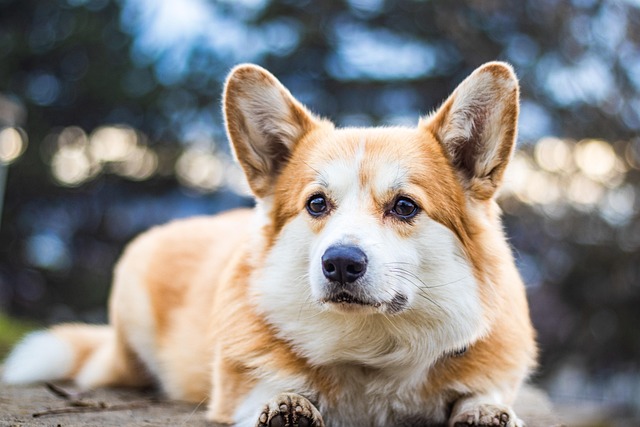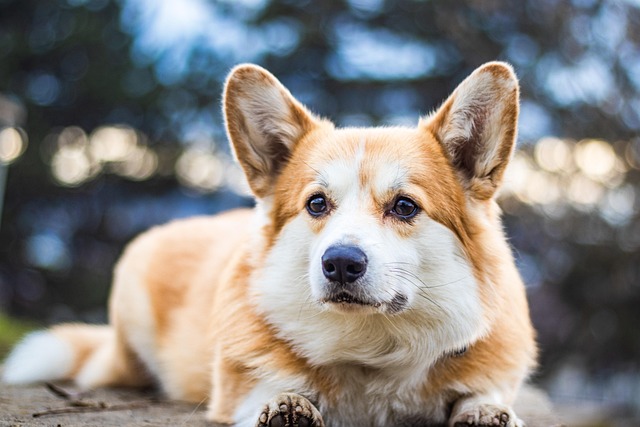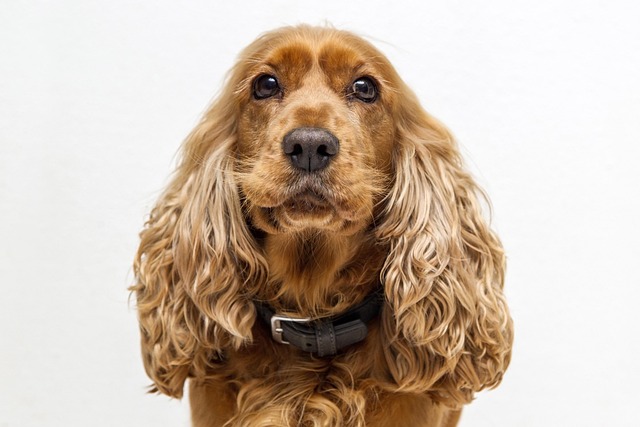If you’re a new dog parent in the US—maybe you’re scrubbing a smelly puddle of diarrhea from your Atlanta apartment’s kitchen floor, your 9-month-old French Bulldog, Louie, curled sadly by your feet, or you’ve noticed your 3-year-old Golden Retriever, Daisy, turns up her nose at her favorite salmon kibble and sleeps more than she plays—you’ve probably wondered: Is this just a one-off stomachache? Or is her gut not working right? Bad gut health in dogs shows up in small, easy-to-miss ways, but catching these symptoms early can keep minor issues from turning into bigger problems. Let’s break down what to look for, why they matter, and how to respond.
First, let’s keep the science simple: A dog’s gut is full of “good bacteria” that help them digest food, absorb nutrients, and even stay in a good mood. When that balance gets thrown off—from eating table scraps, switching food too fast, or stress (like moving to a new apartment)—the “bad bacteria” take over. This doesn’t just cause tummy trouble; it can make them tired, grumpy, or even sick. My friend Jake in Texas learned this with his Shih Tzu, Lua: She started having gas so bad it cleared the room, and he thought it was “just part of being a dog” until she stopped eating. A vet found her gut bacteria were out of whack—adding a simple probiotic fixed it in a week. Those small symptoms? They’re your dog’s way of saying, “Help!”

Here’s how to spot the symptoms of bad gut health and what to do next, step by step: Start with the most obvious sign—their poop. Normal dog poop is firm, log-shaped, and chocolate-brown. If you’re seeing loose, watery stool, blood or mucus in it, or they’re going way more (or less) often than usual (like 5 times a day instead of 2), that’s a red flag. Next, check their appetite: If they skip two meals in a row, or sniff their food and walk away even from freeze-dried chicken treats, their gut is probably upset. Other symptoms include constant gas (the kind that lingers!), vomiting (more than once in 24 hours), or even changes in mood—like being snappy when you pet their belly (a sign of discomfort). For apartment living, keep a quick “gut log”: Jot down what they eat, how often they poop, and any weird behaviors. If you see these signs, don’t punish them for accidents (like pooping on the rug)—punishment goes against US animal welfare norms and will make them hide symptoms. Instead, offer small sips of water and call your vet within a day.
Now, let’s tie in rules and habits that matter. Every US state requires core vaccines (distemper, parvovirus)—parvovirus causes severe gut issues (like bloody diarrhea) that can look like “bad gut health,” so keeping shots up to date isn’t just the law (fines for skipping hit $150+ in California or New York)—it’s a way to rule out life-threatening illnesses. When you walk your dog (even if they seem fine), always clean up their poop—cities from Seattle to Boston fine up to $300 for leaving waste, and checking their stool on walks is an easy way to catch symptoms early. For apartment living, avoid giving them table scraps (especially fatty foods like bacon or pizza—they wreck gut bacteria) and keep their food bowl away from scented candles (chemicals can irritate their nose and make them eat less). At the dog park, don’t let them eat grass or dirt (common gut irritants)—redirect them with a toy and praise them for playing instead.
Spotting bad gut health symptoms isn’t about being a perfect owner—it’s about paying attention. With a little observation and quick action, you can help Louie or Daisy get their gut back on track. Before you know it, they’ll be begging for meals, having normal poops, and back to their playful, goofy selves.






